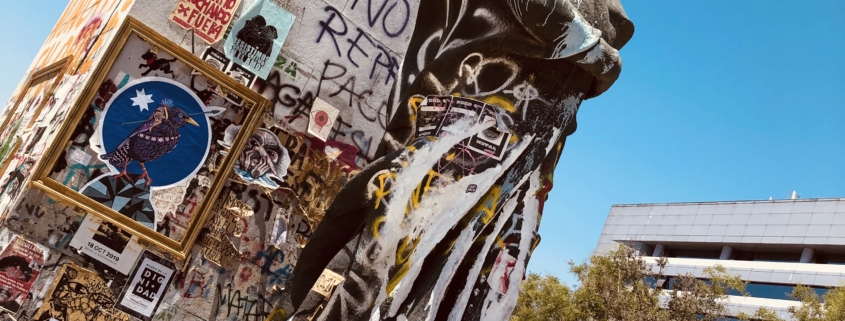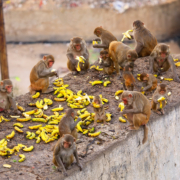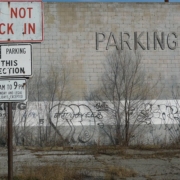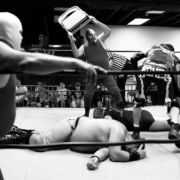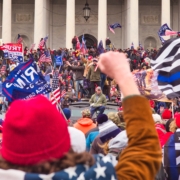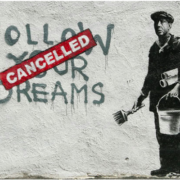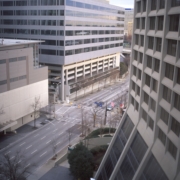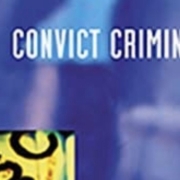Why graffiti and street art hunting is important & what should you be mindful of if you engage in this activity
In order to understand the different types and growth of contemporary graffiti and street art, the people who engage in this activity, and to contribute to a social science of graffiti and street art, I frequently and actively search for this work not only where I live, but in places I travel to.
These locations include, but are not limited to, the “hip” parts of town, back allies, and the more derelict parts of a city, such as current or abandoned warehouse districts.
Just like learning about famous works of art (e.g., paintings, sculptures, installations, etc.) from coffee table books, one can get a sense of graffiti and street art by reviewing photographs, either in books or websites devoted to this work, or social media accounts on Instagram.
But it’s tough to truly understand many elements of graffiti and street art, no less street culture, and urban space, unless you observe it up close, in its natural setting. The surfaces; the walls, dumpsters, utility poles, etc. where graffiti and street art is found, are the modern day equivalent of public museums and galleries.
Over time you will learn where graffiti and street art is located in a neighborhood, on a structure, and where and how it is juxtaposed with the built environment or other pieces of graffiti and street art, including the different shapes and vibrancy of the colors contained within. Not only do I look for trends, as in the styles, but how long a piece is up for before it is removed or added on by others.
That being said, it does not hurt to be or know one or more practitioners who may be able to point out elements of graffiti and street art that you may miss, keeping in mind that not all writers and artists can adequately explain what they see, have the patience to do so, or want to do it for outsiders.
It also helps to know a likeminded individual, a person who shares a similar interest in graffiti and street art who can show you the spots and provide their interpretation. Again, this is helpful, but not necessary. The important thing is to ask questions, to compare and contrast what you see, and to consult a variety of expert sources about graffiti and street art. This process is akin to developing a graffiti and street literacy.
Like a good detective or archeologist, you should document what you see, and list where it is located. You can do this by taking photographs with your iPhone of street numbers or cross streets to enable you to remember where exactly you saw. There may be a time date stamp on your camera to enable you in this process. Notes can either be taken on your phone or a smallish note book.
More importantly I try to both infer and deduce different aspects of the graffiti and street art. I ask myself what are the component parts? Why was it done? Why was it done there? And perhaps when was it done, including how long ago and what time of the day? Other questions you might ask is what elements did the writers or artist do first, second and third. I also try to figure out how the access points to the surfaces, and the types of materials they used. I try to understand the amount of work, planning and dedication that many graffiti writers and street artists put into their craft.
Yes there is a bit of a distinction between appreciating and studying graffiti and street art. You can be amazed at the skill it takes to do a piece, how it is actualized, and presented, knowing full well that this is vandalism, pure and simple.
photo Parque Balmadeda, Providencia
photo credit: Jeffrey Ian Ross

